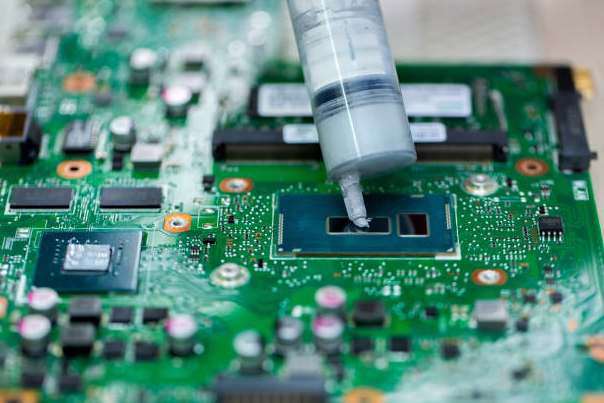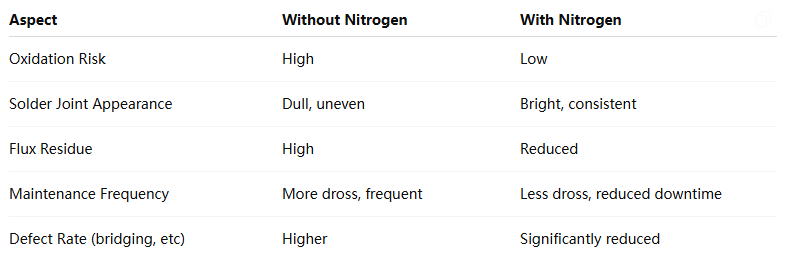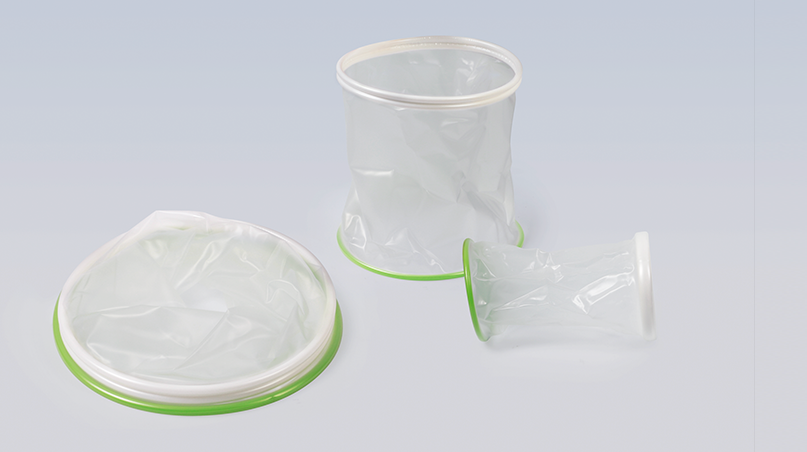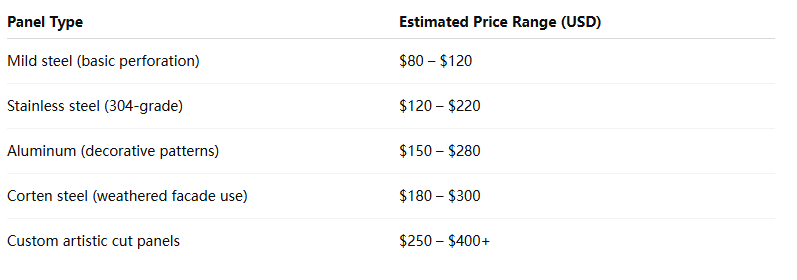Greetings in The Mighty Name of Jesus, The Christ!!!
Peace and Assurance
Church, this is Meat Not Milk!!!
Psalm 85:8 KJV
"I will hear what God the LORD will speak: for he will speak peace unto his people, and to his saints: but let them not turn again to folly."
Brothers and Sisters, we as The Church need to Have The Peace and Assurance that All Things are in Jesus Hands to do with as He Wills. But there are Requirements, that we Must Walk In His Ways and Not In Sin, that is, Our Ways, Our Flesh!
We should always Desire that Inner Peace and Assurance that only Jesus can give that we do not Understand The Why but to be Aware of Jesus Presents in Our Lives. If we Walk in Obedience then Peace and Assurance Abides, in Disobedience it does not Abide. But there is also given The Peace and Assurance that Resides in our Lives to Know about certain things. We, when we are in Our Lord Jesus Presents, can Know things that are going on in The Spirit with other people. We also can Discern Matters of What to do or Not to do.
This Peace and Assurance Abides with us, knowing that Jesus is Lord and even though Jesus is Our Savior, I am not talking about Jesus as Savior, but as Lord Only. Most Born Again do not always Know The Peace and Assurance that we Must have living in This World, there has to be a Transitioning from Savior to Lord to Understand this.
John 14:27 KJV
"Peace I leave with you, my peace I give unto you: not as the world giveth, give I unto you. Let not your heart be troubled, neither let it be afraid."
Having Jesus as Lord, gives us a Peace and Assurance that All Things are In His Hands. Why is this so important for us to Understand? Because perilous times are ahead. You think that it has begun, but we have only seen a glimpse of it. When across the World you Know, not hear, that The Church is being Persecuted then you are to be at Peace and Assurance.
The Peace and Assurance gives us, The True Church, Power and Authority to get things done and to the ability to do things Spiritually. I remember a time when some really bad storms were getting close to were I was living at the time and I Prayed in the Power and Authority that Jesus has given us, having The Peace and Assurance it would be done. I Prayed for the Storm to split and go around us… it did.
The Peace and Assurance that I am talking about is that Jesus is Lord, having an Understanding to Walk in That Peace and Assurance that He Is.
Now there can be stipulation to this, that I will talk about in the end of the message.
But think about these Scriptures…
Matthew 17:20 KJV
"And Jesus said unto them, Because of your unbelief: for verily I say unto you, If ye have faith as a grain of mustard seed, ye shall say unto this mountain, Remove hence to yonder place; and it shall remove; and nothing shall be impossible unto you."
Matthew 21:21 KJV
"Jesus answered and said unto them, Verily I say unto you, If ye have faith, and doubt not, ye shall not only do this [which is done] to the fig tree, but also if ye shall say unto this mountain, Be thou removed, and be thou cast into the sea; it shall be done."
The Faith that Jesus is speaking of is Peace and Assurance that KNOWING Jesus as Lord changes all perspective on everything. I have said many, many times that Our getting into Heaven is more than just Confessing with our mouths, that there has to be a Relationship. Within that Dynamic Relationship, we will find Jesus as Our Lord, not just Savior. This can only come to pass by being Obedient, but it is Not a Obedience that you just do, but an Obedience that you have a Relationship with Jesus that will surpass all of Your Understanding, that you find Having Mercy and Grace is no longer Asked for within yourself, but that you Understand that You Walk in it every day. This is something that The Church does not Teach, because they are a church, Not The Church!!!
Within this Peace and Assurance you begin to Understand why things have to be the way they are, enabling you to continue forward, to fight with the Faith that Jesus has given to us! There are times when I am Praying for someone, I don’t mean like, “Lord we ask a Blessing…”, I mean in Spiritual Warfare for a person, that speaking in Tongues Warfare, that this Peace and Assurance continues to push you forward until there is a brake through, which may take minutes, hours, days, weeks, months and even years for the brake through, but you continue until you are Released In The Spirit, then you have even a Greater Peace and Assurance.
Having this Peace and Assurance MUST have Integrity and Tenacity of Jesus being Lord over One’s Life no matter what. You say that you have it? Consider the following Scriptures…
Matthew 8:5-13 KJV
"5 And when Jesus was entered into Capernaum, there came unto him a centurion, beseeching him, 6 And saying, Lord, my servant lieth at home sick of the palsy, grievously tormented. 7 And Jesus saith unto him, I will come and heal him. 8 The centurion answered and said, Lord, I am not worthy that thou shouldest come under my roof: but speak the word only, and my servant shall be healed. 9 For I am a man under authority, having soldiers under me: and I say to this [man], Go, and he goeth; and to another, Come, and he cometh; and to my servant, Do this, and he doeth [it]. 10 When Jesus heard [it], he marvelled, and said to them that followed, Verily I say unto you, I have not found so great faith, no, not in Israel. 11 And I say unto you, That many shall come from the east and west, and shall sit down with Abraham, and Isaac, and Jacob, in the kingdom of heaven. 12 But the children of the kingdom shall be cast out into outer darkness: there shall be weeping and gnashing of teeth. 13 And Jesus said unto the centurion, Go thy way; and as thou hast believed, [so] be it done unto thee. And his servant was healed in the selfsame hour."
This Centurian had The Peace and Assurance that Jesus is His Lord, there was No Questioning who Jesus is to this man, all he had to do was Ask and Walk in The Answer. If he would have had Any Debt, it would not have been done. But notice What Jesus said about this Centurian, “I have not found so great faith, no, not in Isreal.”, that should speak volumes to your Soul and Confirmed in The Spirit What Jesus said. This Centurian HAD The Peace and Assurance that his servant was healed, finding him so when he arrived. We have no idea how far this Centurian had to go, a foot or 20 miles, we do not know, but what we do know is that when he left Jesus, that Peace and Assurance that Jesus being The Son Of The Father, that When He Speaks, it is DONE!!! There was No Question, No Debt, there was ONLY that Jesus Is Lord!!!
When Teaching those who are Called into The Office of Evangelist, that when they have spoken and then people start giving their lives over to Jesus as Savior, that they MUST include that they go to a Bible Teaching church, Why? Because confessing with your mouth that Jesus is Savior and Lord, is Not enough, there MUST be a Transformation from The Flesh to The Spirit, this is Not Instant as some have Preached which is a Lie!!!
We must also Know and Understand that having The Peace and Assurance, making Jesus Lord, MUST include True Worship, NOT Lip Service!!! What I am taking about is you can sing whatever, but it does not mean you are Sing to Jesus AS Your Lord! With The Peace and Assurance you can Discern a Song rather it is of The Flesh or of The Spirit for one thing. There are many songs that have been written and are being written that are of The Flesh and Not of The Spirit. But when you come across a Song that has been Written In The Spirit, it will Testify to The Peace and Assurance that is within you. It will not only Linger, but become a part of you!!!
When you Worship and when you Praise, it should be from Your Relationship you have with Jesus, not just mere words!!! It is like when Paul and Silas where jailed, they began Singing Songs Of Worship and Praise, even though they did not know their fate that lie before them, it did not matter, because Jesus Is Their Lord beyond Savior!!!
Acts 16:24-30 KJV
"24 Who, having received such a charge, thrust them into the inner prison, and made their feet fast in the stocks. 25 And at midnight Paul and Silas prayed, and sang praises unto God: and the prisoners heard them. 26 And suddenly there was a great earthquake, so that the foundations of the prison were shaken: and immediately all the doors were opened, and every one's bands were loosed. 27 And the keeper of the prison awaking out of his sleep, and seeing the prison doors open, he drew out his sword, and would have killed himself, supposing that the prisoners had been fled. 28 But Paul cried with a loud voice, saying, Do thyself no harm: for we are all here. 29 Then he called for a light, and sprang in, and came trembling, and fell down before Paul and Silas, 30 And brought them out, and said, Sirs, what must I do to be saved?"
One thing of Understanding here, is if Jesus was Only Savior, Paul and Silas would have ran out of the prison free from Fleshly Bondage, but, they did not, there was work yet to be done where they were, still having The Peace and Assurance of Jesus being Lord Over Them!!!
Paul and Silas HAD The Peace and Assurance that No Matter What, Jesus IS THEIR LORD!!! It is one thing to say that Jesus is, it all together a different thing when Disaster, Destruction, Death, Loss that you face. When I had a church, The Lord asked me a question, “What if I take everything away from you, family and possessions, would I still be Lord?”, I said without hesitation YES, You Jesus Are MY LORD, MY SAVIOR!!! Little did I know, this very thing would happened to me, finding myself out on the street. I still Praised and Worshiped Jesus as My Lord. Was I in Grief, in Tears, yes I was, our flesh does not like loss, but I did Understand Jesus as Lord In The Spirit, that All Things were In His Hands!!!
The Peace and Assurance that I am talking about you cannot buy or sell, it only comes In and From The Spirit!!! If you are Walking in the Flesh, then you are a Carnal Christian, knowing but not knowing The Word or The Holy Spirit. You need to Repent, a True Repentance and start from the Beginning again, making Jesus your True Savior, that is only The First Step to Your Salvation, the Second Step is making, again, MAKING, Jesus Lord Over Your Life.
Did you ever really think about these following Scriptures…
Matthew 7:21-23 KJV
"21 Not every one that saith unto me, Lord, Lord, shall enter into the kingdom of heaven; but he that doeth the will of my Father which is in heaven. 22 Many will say to me in that day, Lord, Lord, have we not prophesied in thy name? and in thy name have cast out devils? and in thy name done many wonderful works? 23 And then will I profess unto them, I never knew you: depart from me, ye that work iniquity."
First thing we need to consider, They All Professed Jesus As Lord, they Spoke that Jesus was their Lord!!! They even Confessed doing many, many, works, but Jesus says to them I DO NOT KNOW YOU!!! So, then Brothers and Sisters just the Confession By Mouth is Not a Valid Salvation! What is missing in the above Scriptures is the Relationship, there is none!! When we Confess that Jesus is Savior and Lord it MUST be taken to The Soul and Transformation MUST take place from knowing in The Flesh to Knowing In The Spirit, bring The Peace and Assurance to Follow to those who Truly Believe!!! Why do you think that Paul writes in Romans that we Must be Transformed by The Renewing of Our Minds, Our Souls?
Romans 12:1-2 KJV
"1 I beseech you therefore, brethren, by the mercies of God, that ye present your bodies a living sacrifice, holy, acceptable unto God, [which is] your reasonable service. 2 And be not conformed to this world: but be ye transformed by the renewing of your mind, that ye may prove what [is] that good, and acceptable, and perfect, will of God."
It is to Bring Jesus into The Position Of Lord Over Your Life, it does not just happen instantly, we Must Force our Soul’s to Obey The Word and The Holy Spirit, because our Flesh fights against such things!!!
Bringing Jesus into Lordship does not happen overnight, but is a Process of letting go, letting Your Cup be empty of self and being Filled With His Spirit, brings The Peace and Assurance in everything that touches your life. You Need to Think about these words…
I have Confess Jesus As Savior
But
Have I MADE Him Lord
Over My Whole Life?
Amen and Amen!!!
Email: godsonlyfoundation@gmail.com
Website: https://apostlelee.com/


















